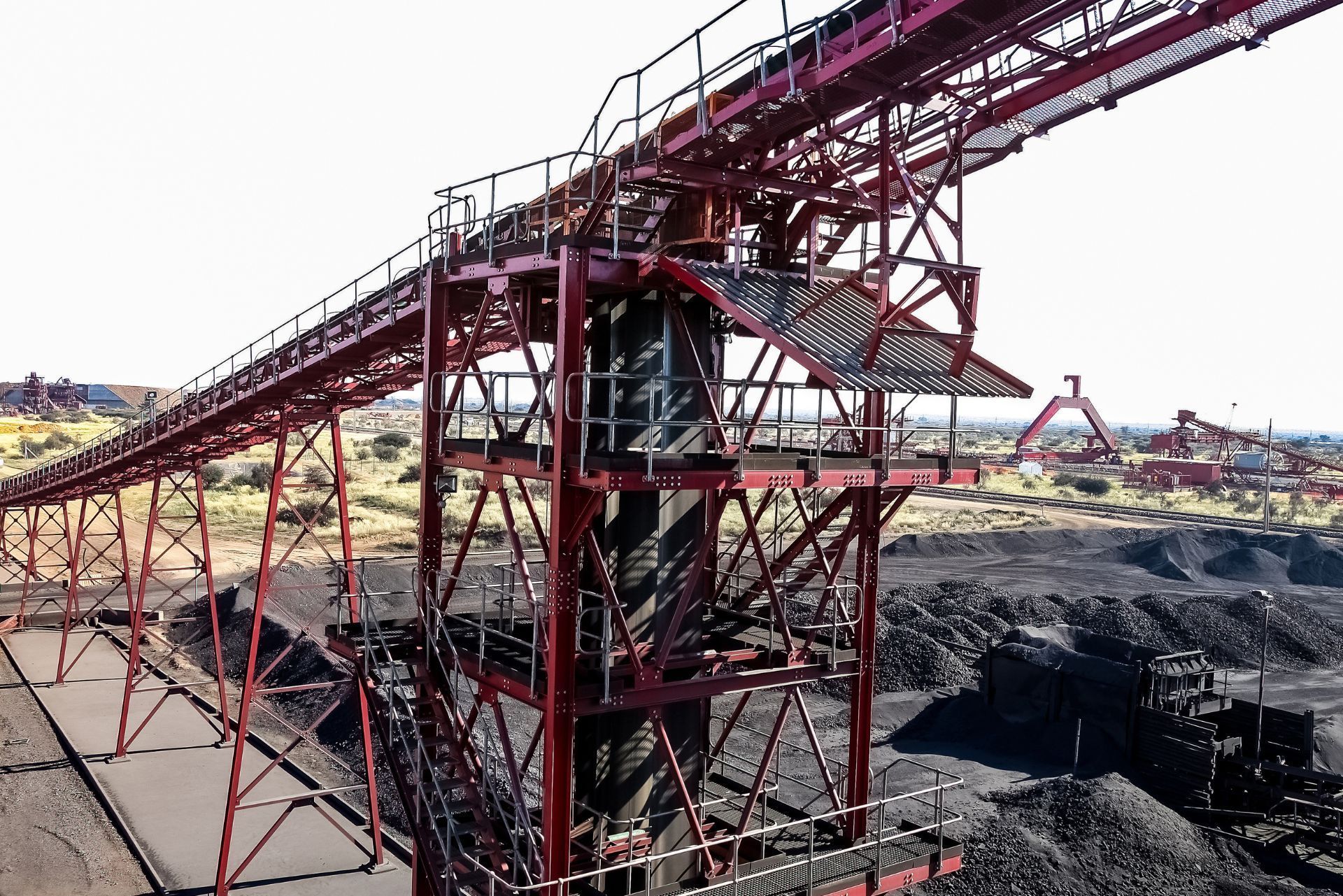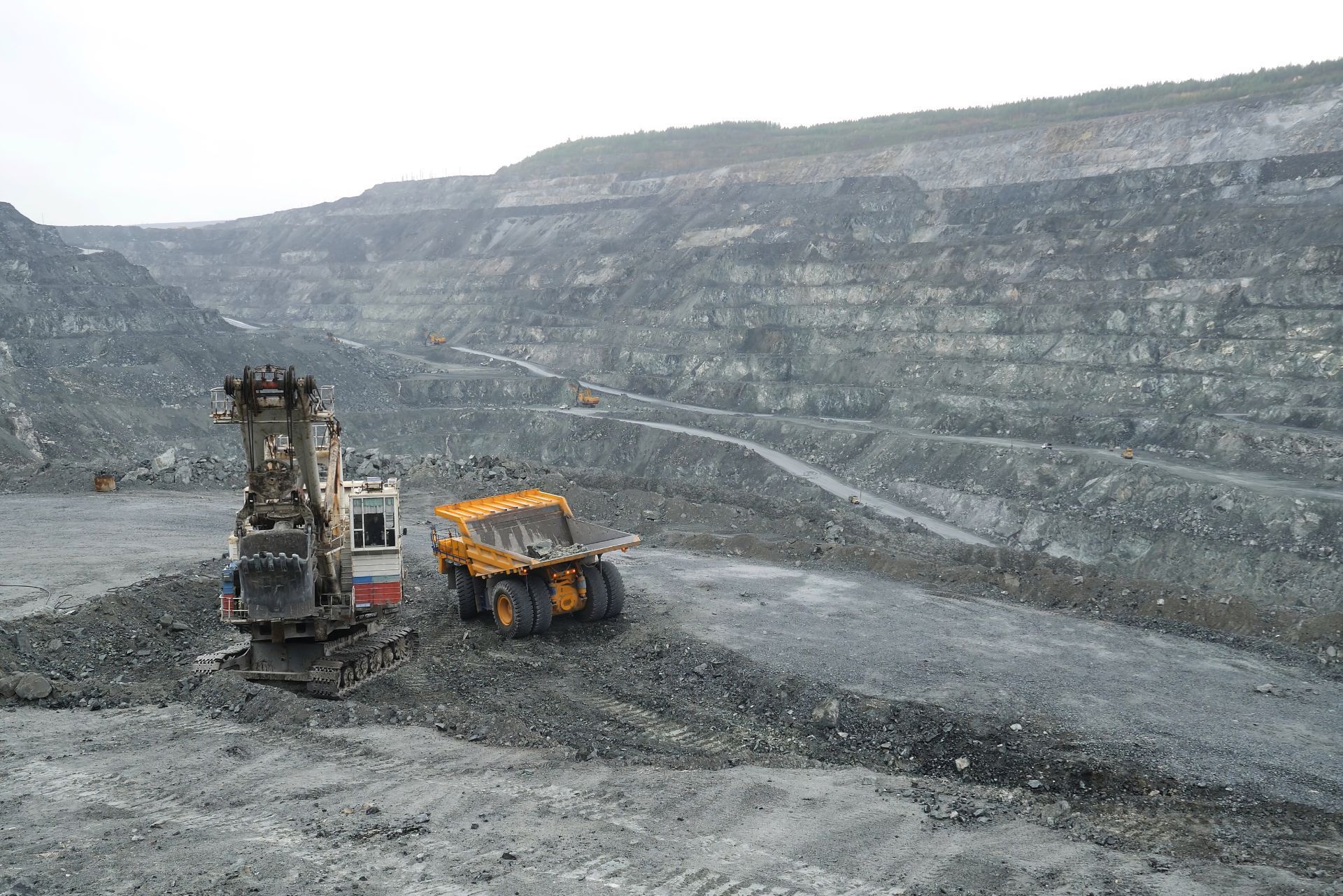Top 3 Recommended Policies

Coal mining remains one of the most hazardous industries globally, with unique risks that demand specialized insurance coverage. For companies operating in this sector, understanding the nuances of coal mining insurance is essential—not only to protect assets and personnel but also to navigate the evolving challenges posed by climate change and regulatory pressures. This comprehensive guide explores the critical aspects of coal mining insurance, from risk factors and market trends to the impact of climate policies on underwriting decisions.
Given the high fatality rates and substantial financial losses associated with coal mining, insurers play a pivotal role in managing these risks. According to the U.S. Bureau of Labor Statistics, the fatal injury rate in coal mining was 19.6 per 100,000 full-time equivalent workers in 2021, significantly higher than the 3.8 rate across all private industries. This stark reality underscores the importance of tailored insurance solutions for the sector.
Understanding the Risks in Coal Mining Insurance
Coal mining is inherently risky, combining operational hazards, environmental concerns, and market volatility. The physical dangers include mine collapses, explosions, and exposure to harmful substances, which contribute to the industry’s elevated fatality rates. Beyond worker safety, companies face substantial property damage and business interruption risks due to equipment failure, natural disasters, or regulatory shutdowns.
Financially, the mining sector has experienced significant losses. In 2022, total incurred mining losses exceeded US$1 billion, reflecting a near 100% loss ratio relative to premium income, according to WTW’s industry report. This high loss ratio signals the challenges insurers face in pricing and underwriting policies for coal mining operations.
Given these factors, companies must carefully assess their insurance needs, balancing coverage for worker safety, environmental liabilities, and operational disruptions. Specialized policies often include workers’ compensation, environmental impairment liability, equipment breakdown, and business interruption insurance to address the full spectrum of risks.
Moreover, the regulatory landscape surrounding coal mining continues to evolve, with increasing scrutiny on environmental practices and sustainability efforts. Companies are now required to implement more stringent safety measures and environmental protections, which can lead to additional costs and complexities in insurance coverage. Insurers are adapting to these changes by developing more comprehensive policies that not only cover traditional risks but also address emerging concerns such as climate change impacts and the potential for regulatory fines. This shift emphasizes the importance of proactive risk management strategies that align with both regulatory compliance and corporate social responsibility goals.
Additionally, technological advancements in mining operations are reshaping the risk landscape. The integration of automation and data analytics can enhance safety and efficiency, but it also introduces new vulnerabilities, such as cyber threats and reliance on complex machinery. Insurers are now considering these technological factors when assessing risk profiles and determining coverage options. As the industry moves towards more innovative practices, mining companies must stay informed about the implications of these technologies on their insurance needs, ensuring that they are adequately protected against both traditional and modern risks.

The Impact of Climate Change and Decarbonization on Insurance
Climate change is reshaping the coal mining insurance landscape in profound ways. As global efforts to reduce carbon emissions intensify, insurers are increasingly factoring climate-related risks into their underwriting decisions. The mining sector, heavily reliant on fossil fuels, is under mounting pressure to transition toward more sustainable practices.
According to the Mining Risk Review 2024 by WTW, climate change and decarbonization represent critical challenges for mining companies, with insurers focusing on managing volatility and long-term sustainability risks. This shift has led to more stringent underwriting criteria and the adoption of carbon policies that influence coverage availability.
Research shows that after insurers implement carbon underwriting policies, the likelihood of terminating coverage for coal mines increases by 13 percentage points, highlighting a growing trend toward risk aversion in high-carbon sectors (Insurance Asia study). This development reflects insurers’ recognition of the financial and reputational risks associated with coal mining amid global climate commitments.
Furthermore, the insurance industry's response to climate change is not solely about reducing coverage for high-risk sectors; it also encompasses the development of innovative insurance products aimed at promoting sustainable practices. Insurers are beginning to offer incentives for mining companies that adopt greener technologies or demonstrate a commitment to reducing their carbon footprint. This trend not only helps mitigate risks but also encourages a broader shift toward sustainability within the industry.
Additionally, the evolving regulatory landscape is influencing how insurers approach climate-related risks. Governments worldwide are implementing stricter regulations aimed at curbing emissions and promoting environmental responsibility. Insurers must navigate these complex regulations while ensuring they remain competitive in the market. As a result, many are investing in advanced risk assessment tools and climate modeling to better understand the potential impacts of climate change on their portfolios and to develop strategies that align with both regulatory requirements and market expectations.
Current Trends in Coal Mining Insurance Underwriting
Despite the clear climate risks and previous commitments to divest from fossil fuels, some insurers are gradually returning to the coal industry. This shift is largely driven by profit opportunities and declining prices in energy insurance markets. Notably, European insurers now underwrite nearly a third of U.S. coal production, even as they maintain net-zero pledges (Insure Our Future report).
This paradox highlights the tension between environmental commitments and market realities. The Financial Times notes that insurers are enticed back to coal due to attractive profit margins and competitive pricing, despite the sector’s long-term risks.
For coal mining companies, this evolving insurance market means that while coverage remains available, terms and premiums may vary widely depending on the insurer’s risk appetite and climate policies. Companies should engage with brokers who understand these dynamics to secure optimal coverage.
Moreover, as the coal industry grapples with increasing scrutiny from environmental groups and regulatory bodies, insurers are also facing pressure to align their underwriting practices with sustainability goals. This has led to a growing emphasis on assessing the environmental impact of coal operations, with some insurers implementing stricter criteria for coverage. Insurers are now more likely to require comprehensive risk assessments that include potential liabilities related to carbon emissions and environmental degradation, which can influence the overall cost of premiums.
Additionally, the rise of renewable energy sources and advancements in technology are reshaping the energy landscape, prompting insurers to reconsider their long-term strategies. As coal faces competition from cleaner alternatives, the future of coal mining insurance may hinge on how well companies adapt to these changes. Insurers are increasingly looking for coal operators who demonstrate a commitment to innovation and sustainability, which could lead to more favorable underwriting terms for those willing to invest in cleaner technologies and practices.

Insurance Market Outlook for Coal Mining in 2024
The mining insurance market has shown signs of stabilization in 2024, with rate increases averaging around 5%, according to the Gallagher Specialty’s Mining Insurance Market Update. This moderate growth reflects a balance between rising risk exposures and competitive market forces.
Insurers continue to refine their risk models, incorporating climate-related factors and operational data to better price coverage. For coal mining companies, this means a more nuanced approach to underwriting, where proactive risk management and sustainability initiatives can positively influence insurance terms.
Moreover, expert voices in the industry emphasize the existential threat climate change poses to insurance viability. Henri de Castries, former Chairman and CEO of AXA, famously remarked, “A 2°C world might be insurable; a 4°C world certainly would not” (Forbes). This underscores the urgency for coal mining companies to align with decarbonization trends to maintain insurability in the long term.
In addition to climate considerations, the coal mining sector is also facing increasing scrutiny from regulatory bodies and environmental groups. This heightened oversight is prompting companies to adopt more transparent reporting practices and invest in technologies that minimize environmental impact. For instance, advancements in carbon capture and storage (CCS) are becoming pivotal in demonstrating a commitment to sustainability, which can significantly enhance a company's profile in the eyes of insurers.
Furthermore, the geopolitical landscape is influencing the insurance market as well. With fluctuating energy prices and shifting government policies surrounding fossil fuels, insurers are adapting their strategies to account for these uncertainties. As countries transition towards renewable energy sources, coal mining companies may find themselves needing to navigate a complex web of regulations and market expectations. This evolving environment necessitates a proactive stance on risk management, where companies not only seek to mitigate traditional risks but also embrace innovative practices that align with global sustainability goals.
Key Considerations for Coal Mining Companies Seeking Insurance
When securing insurance, coal mining companies should prioritize several key factors to ensure comprehensive and cost-effective coverage:
- Risk Assessment: Conduct thorough evaluations of operational hazards, environmental impact, and regulatory compliance to identify insurance needs accurately.
- Climate Policies: Understand insurers’ carbon underwriting policies and how these may affect coverage availability and premiums.
- Claims History: Maintain detailed records of past incidents and losses, as insurers heavily weigh claims experience in underwriting decisions.
- Risk Mitigation: Implement robust safety protocols and environmental management systems to reduce risk exposure and demonstrate commitment to sustainability.
- Broker Expertise: Work with brokers knowledgeable about mining insurance and climate-related underwriting trends to navigate the complex market effectively.
By addressing these considerations, coal mining companies can better position themselves to obtain insurance that not only protects their operations but also supports their transition toward more sustainable practices.
Additionally, coal mining companies should also consider the evolving landscape of environmental regulations and community expectations. As public scrutiny increases regarding the environmental impacts of coal mining, companies must stay informed about legislative changes that could affect their operations and insurance needs. Engaging with local communities and stakeholders can also enhance a company's reputation and may lead to more favorable insurance terms, as insurers often look favorably upon companies that actively work to mitigate their social and environmental footprint.
Furthermore, it is essential for coal mining companies to explore innovative insurance products that cater specifically to the unique challenges of the mining sector. This might include coverage options for emerging technologies and practices, such as carbon capture and storage or renewable energy initiatives. By embracing these innovations, companies not only enhance their insurance portfolio but also align themselves with global sustainability goals, potentially attracting investors and customers who prioritize environmental responsibility.
Conclusion
Insurance for coal mining and production companies is a complex and evolving field shaped by operational risks, financial exposures, and the growing influence of climate change. The industry’s high fatality rates and significant loss ratios demand specialized coverage tailored to its unique challenges. Meanwhile, shifting climate policies and market dynamics are reshaping underwriting practices, with insurers increasingly factoring carbon risks into their decisions.
Coal mining companies face a delicate balancing act: securing necessary insurance coverage while adapting to the pressures of decarbonization and sustainability. Engaging with informed brokers, investing in risk management, and staying abreast of market trends are essential strategies for navigating this landscape.
As the sector moves forward, the interplay between profitability, risk, and environmental responsibility will continue to define the future of coal mining insurance. Understanding these dynamics is crucial for companies aiming to safeguard their operations and remain resilient in a rapidly changing world.
Contact Us
Phone
Location
9595 Six Pines Dr, Suite 8210, The Woodlands, TX 77380

